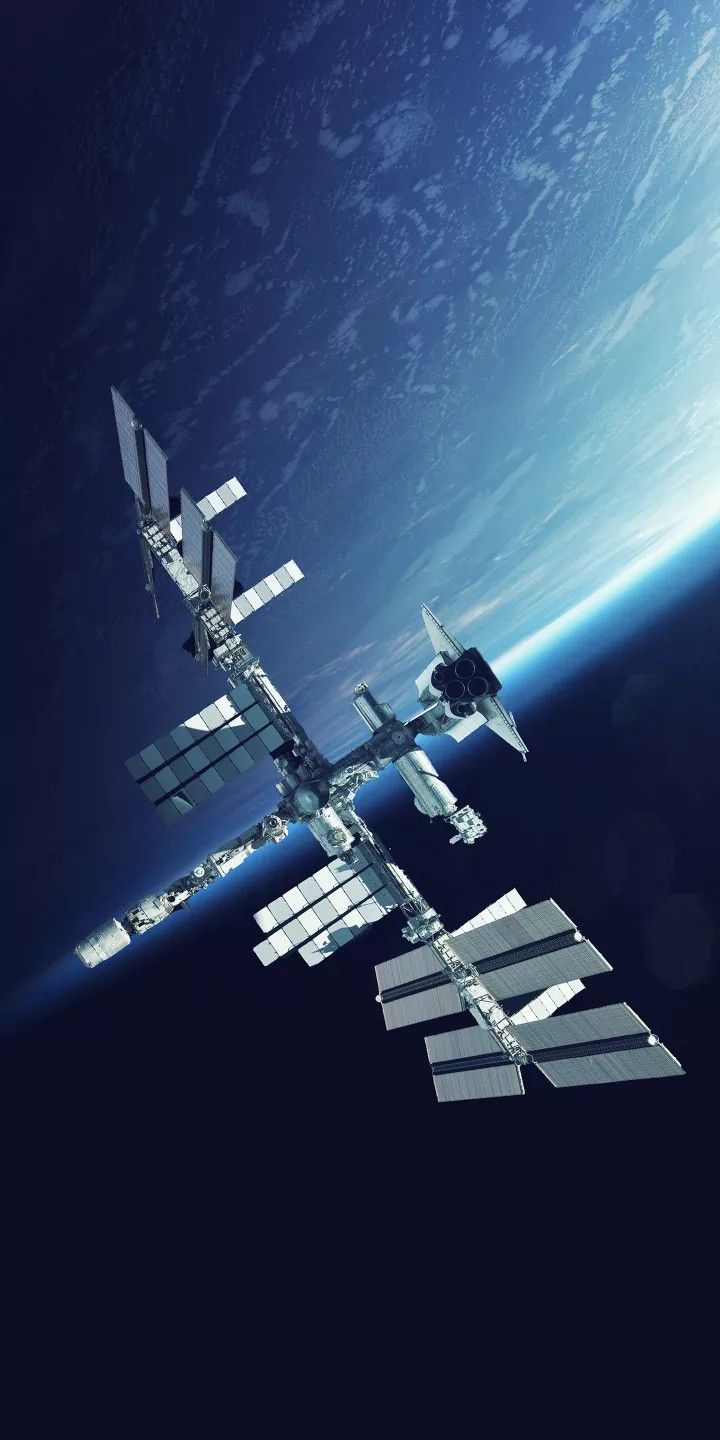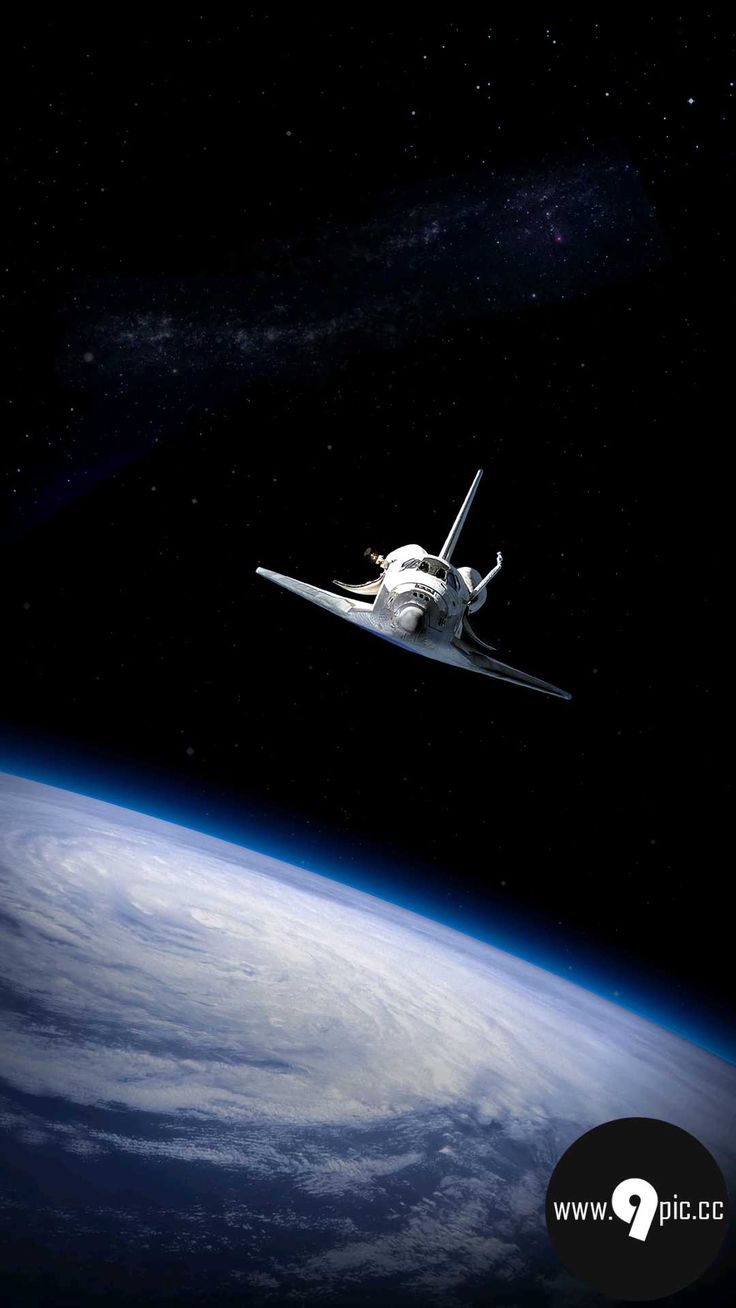Space technology is one of humanity’s most significant achievements, revolutionizing how we explore, communicate, and understand the universe. From satellites orbiting the Earth to spacecraft venturing into the far reaches of our solar system, the advancements in this field have expanded our horizons in unimaginable ways. At the heart of space technology lies the concept of orbits, which play a vital role in enabling space missions and the functionality of modern technologies.
Understanding Orbits
An orbit is the path that an object follows as it moves around another object in space due to gravitational forces. For instance, the Moon orbits the Earth, and the Earth itself orbits the Sun. Orbits can be elliptical, circular, or hyperbolic, depending on the speed and direction of the object.
The two main types of orbits relevant to space technology are:
- Geostationary Orbit (GEO):
- Satellites in geostationary orbit appear stationary relative to the Earth’s surface.
- Positioned at approximately 35,786 kilometers above the equator, they are ideal for communication, weather monitoring, and broadcasting.
- Low Earth Orbit (LEO):
- Satellites in LEO operate at altitudes between 160 and 2,000 kilometers above Earth.
- Commonly used for imaging, scientific research, and internet services (e.g., Starlink).
Other significant orbits include Medium Earth Orbit (MEO), used for navigation systems like GPS, and Polar Orbits, which provide comprehensive coverage of the Earth’s surface.
Applications of Space Technology
Space technology has far-reaching applications that impact our daily lives. Here’s how it shapes our world:
1. Satellite Communication
Communication satellites in geostationary orbits provide the backbone for global telecommunications, enabling television broadcasts, internet connectivity, and phone services. These satellites ensure seamless communication across continents.
2. Earth Observation
Satellites in LEO are essential for monitoring climate change, tracking natural disasters, and managing resources. High-resolution imagery and data from these satellites help scientists predict hurricanes, measure deforestation, and monitor urban growth.
3. Navigation
GPS and other global navigation satellite systems rely on satellites in MEO to provide precise location data. These systems support navigation for airplanes, ships, cars, and even personal devices like smartphones.
4. Space Exploration
Space technology extends beyond Earth’s orbit. Missions like the Hubble Space Telescope and the James Webb Space Telescope study distant galaxies, while robotic explorers like Mars rovers search for signs of life on other planets.
5. Defense and Security
Satellites also play a crucial role in national defense, enabling surveillance, reconnaissance, and secure communication networks.
Read more: Space Technology and Orbits



